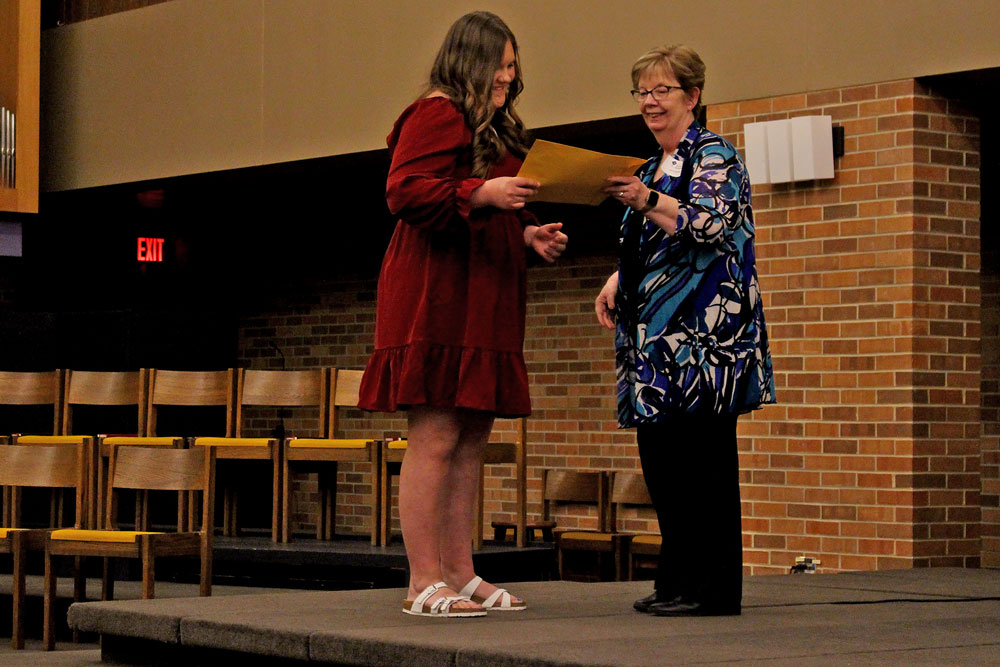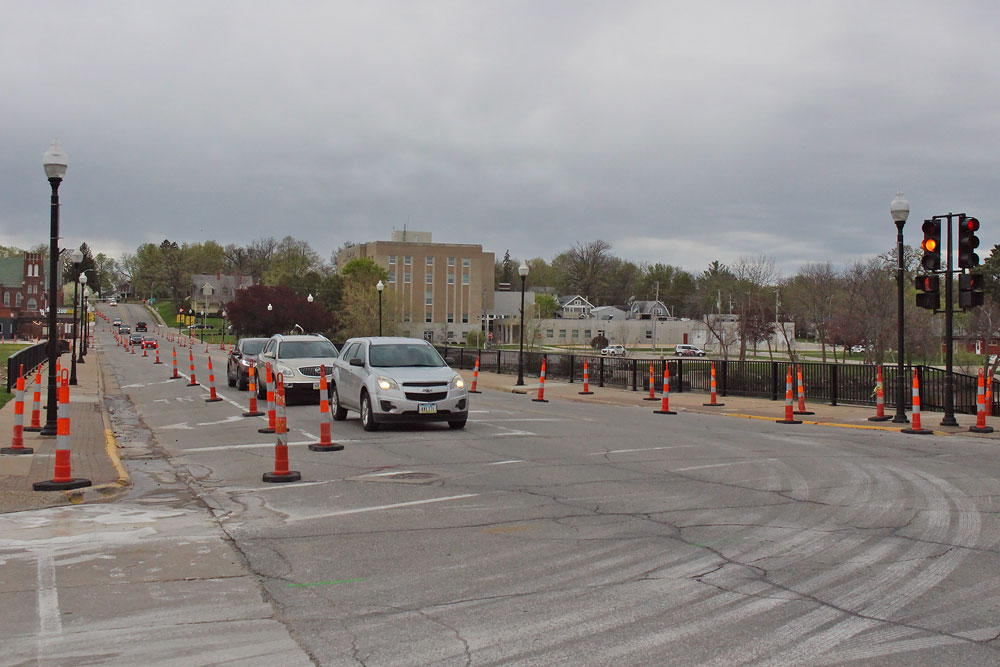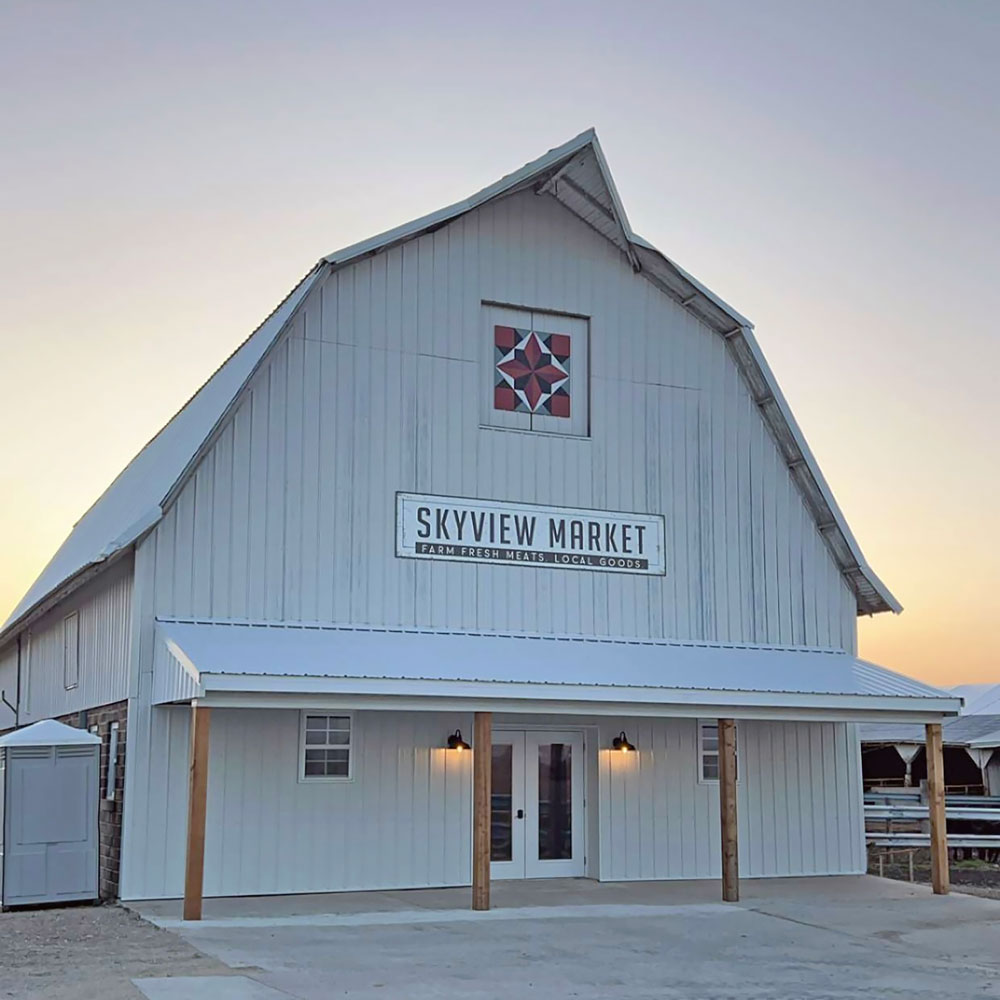Floyd County officials, residents discuss wind energy project proposal, ask questions

By Bob Steenson, bsteenson@charlescitypress.com
Floyd County officials and others learned more information about one of two proposed wind energy projects that will eventually seek a permit to build in the county, at a “listening session” held Wednesday afternoon.
The session was part of a process the county Planning and Zoning Commission – and ultimately the Board of Supervisors – are going through to revise the county’s zoning regulations regarding commercial wind energy projects.
John Robbins, senior planner with the North Iowa Area Council of Governments (NIACOG), was among those participating. Robbins is the former zoning administrator for Cerro Gordo County, and he was hired by the county through NIACOG to help the county come up with the wind energy zoning revisions.
The format of the meeting was to allow 10 minutes each for the two proposed county wind project developers to talk about their plans, then others attending could offer their input or ask questions, limited to five minutes each.
But with representatives of only Invenergy at the meeting and with fewer other participants than had been anticipated, Invenergy project developer Isaac Lamppa and Invenergy county outreach manager Merlin Bartz spent almost the entire two-hour session talking about their project and answering questions.
Invenergy is calling its Floyd County proposal the Marble Ridge Wind Energy Center.
Lamppa said the proposed 30-to-50-turbine, 180-megawatt project in Floyd County would pay a total of $171 million dollars over 40 years in payments to landowners who sign easements with the company and in taxes paid to the county, and create 300 short-term construction jobs and eight full-time operations and maintenance jobs.
One of the main considerations to be addressed in a new wind energy zoning ordinance will be setbacks – the distance wind turbines will be required to be away from property lines, residences, roads and other public rights of way, natural resource areas and other areas and structures.
Lamppa went through the process Invenergy goes through to decide where to put wind turbines. He showed a 3,300-acre part of the proposed Floyd County project where easements have already been signed with property owners.
Lamppa showed all the turbine setbacks required in the existing Floyd County ordinance and by other regulations. After all those setbacks are taken into consideration, about 495 acres of the 3,300 easement acres in the area would be available to place turbines on, Lamppa said.
If they used the setbacks that had been agreed to in the Chickasaw County wind energy project, which Lamppa also developed, there would be about 206 acres available.
The Chickasaw County agreement calls for turbines to be at least 1,200 feet from a non-participating residence, 690 feet from property lines and farm buildings, one mile from city limits, and 600 feet from public conservation lands, among other setbacks.
Since the company likes to space turbines 40 acres apart so they don’t interfere with each other’s wind resources, that further limits where they can be placed, Lamppa said.
The point of the presentation, Lamppa said, is if Floyd County would require setbacks in its ordinance that are higher than, for example, those agreed on by the company in Chickasaw County, it could prevent the company from building at all.
While preventing the project would undoubtedly be welcomed by some county residents who have come out against wind energy projects in general, the Floyd County comprehensive plan encourages renewable resource development, and Supervisor Chair Mark Kuhn said his goal is to come up with an ordinance to protect residents but also to encourage wind energy development in the county.
After his prepared presentation, Lamppa and Bartz spent most of the rest of the meeting answering questions about Invenergy’s proposed project in particular and wind energy in general.
Among the topics they addressed were:
• Drainage tile – One of the biggest concerns landowners had in Chickasaw County, so they dropped the depth of buried energy collection lines from 4 feet to 5 feet. The company remains responsible for repairing any damage to tiles that are a result of the project, even if they are not discovered until years later.
• Recycling decommissioned sites – turbine engines and towers are largely metal and easily recycled, and concrete can be ground up to be used in new concrete; the biggest challenge has been the fiberglass blades, but companies are starting up including in Iowa to grind the blades into pellets that are also used as aggregate in concrete.
• Cost of decommissioning – for the Chickasaw County project the company has estimated $100,000 per turbine to take the turbines down and remove the cement pad down to a depth of 4 feet; that money would be available until the end of the project through a variety of financial instruments such as an escrow account or bond or other, and the amount would be renegotiated every five years for changes in cost estimates.
• Taking farmland out of production – each wind turbine and access road takes about half an acre of land in total – which Lamppa called the most productive half-acre landowners will have, based on the easement payments, and a way to provide regular guaranteed cash flow that will help farmers remain on their land. Also, even though many thousands of acres may be under easement agreements, for a 30-to-50-turbine project like the Marble Ridge Wind Energy Center, the actual land used for turbines and turbine access would be 15 to 25 acres.
The next listening session on the Floyd County wind ordinance amendment is scheduled for 6 p.m. Thursday, Jan. 11, at the county’s Fossil and Prairie Park near Rockford.










Social Share